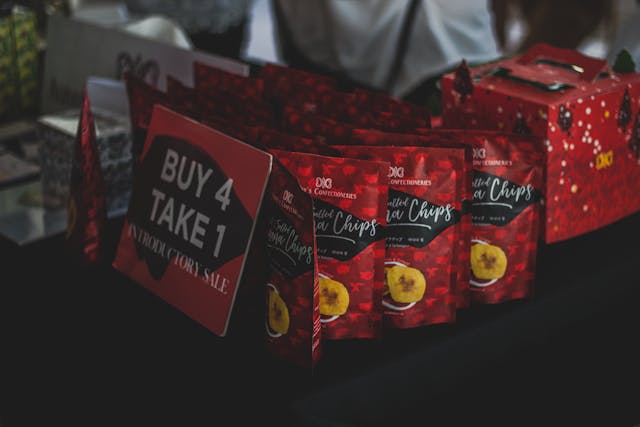The Impact of Regulatory Standards on Food Packaging Practices
Packaging plays an integral role in keeping food fresh, safe, and free from contamination during its journey from kitchen to table. Design and material selection decisions play a pivotal role in protecting both the quality and safety of to-go food containers; understanding regulatory impactful choices is invaluable insight for businesses aiming to meet both compliance regulations while simultaneously satisfying consumer satisfaction goals.
Understanding Food Packaging Regulatory Standards
Food packaging regulatory standards are set in place by regulatory bodies to safeguard consumers against potential health risks related to packaging their food products. These standards encompass various factors like material use and design as well as labeling requirements. These regulations aim at creating safe yet suitable packages designed to prevent contamination while simultaneously maintaining food product quality.
Standards set by regulatory bodies do more than comply with the law; they're an expression of consumer safety and industry integrity. Businesses committing themselves to meeting such regulations go beyond simply avoiding legal penalties; doing so shows proactive care for safeguarding consumer health. Doing this also demonstrates their dedication and will earn the trust of customers relying on safe packaging materials for food products sold by them.
How Regulatory Standards Influence Packaging Materials
Food packaging regulations play a pivotal role in selecting appropriate materials to use for food packaging, with these standards specifying which are considered safe in terms of both their safety characteristics and ability to preserve quality food products effectively. Takeaway food containers must meet stringent standards when transporting both hot and cold meals at once - including heat resistance, leakproof properties, and prevention against contamination. This requirement especially holds for deliveries containing both warm and cold dishes simultaneously.
Food packaging materials must be durable and resistant to contamination to preserve the freshness of produce while guarding against any possible health hazards Regulations specify materials must also be non-reactive with environmental conditions during storage and transport, such as non-toxic inks. Innovations like tamper-evident seals and leakproof designs demonstrate how these standards have led to packaging innovations with enhanced functionality that protect from unauthorized access or spills, thus helping keep foods safe from contamination.
The Role of Technological Advancements in Meeting Standards
Recent technological innovations have greatly altered how food packaging businesses meet food packaging standards. Innovations like smart packaging solutions with built-in sensors for real-time monitoring of environmental conditions like temperature and humidity help ensure food remains safe throughout its storage and transportation processes.
Smart packaging not only enhances safety but can help businesses optimize their supply chain operations as well. By offering real-time data to reduce waste and improve efficiency while complying with regulations while benefiting the environment.
Sustainable packaging materials represent another noteworthy development. Biodegradable or compostable alternatives to plastic are becoming more mainstream due to consumer and regulatory pressures; these eco-friendly options reduce environmental impacts while supporting sustainability practices, aligning with safety standards and consumer expectations.
Implementation of Best Practices to Achieve Compliance
Businesses looking to effectively meet food packaging safety standards need to implement best practices as an important means to achieving compliance. Here are a few key strategies:
- Establish Effective Packaging Processes: Implement and manage packaging processes that align with regulatory requirements, such as selecting suitable materials and using reliable sealing methods; this also involves meeting safety criteria when packaging items for shipment.
- Train Staff and Conduct Regular Audits: Training staff on handling and packaging procedures is crucial, while regular audits serve to detect any compliance issues and ensure safety protocols are abided by.
- Partner With Reputable Suppliers: Working with reliable suppliers who supply certified materials is key to maintaining high safety standards in food manufacturing operations. Reliable providers offer packaging solutions that exceed regulatory requirements to guarantee both the quality and safety of food products that pass muster with regulators.
- Stay Ahead of Regulations: Food packaging standards are continuously shifting, so staying informed on changes and adapting practices accordingly to remain compliant is paramount for long-term compliance.
Conclusion
Food regulatory standards have an enormously detrimental impact on packaging practices. Compliance with food packaging safety standards not only ensures compliance but can also build consumer trust and increase product safety. When selecting containers or other forms of packaging solutions to use, keep this fact in mind; regulations exist for both your protection as a business as well as that of its customers; by following best practices and accepting technological advancements you can help create a safer food industry while meeting constantly shifting quality and safety demands.

